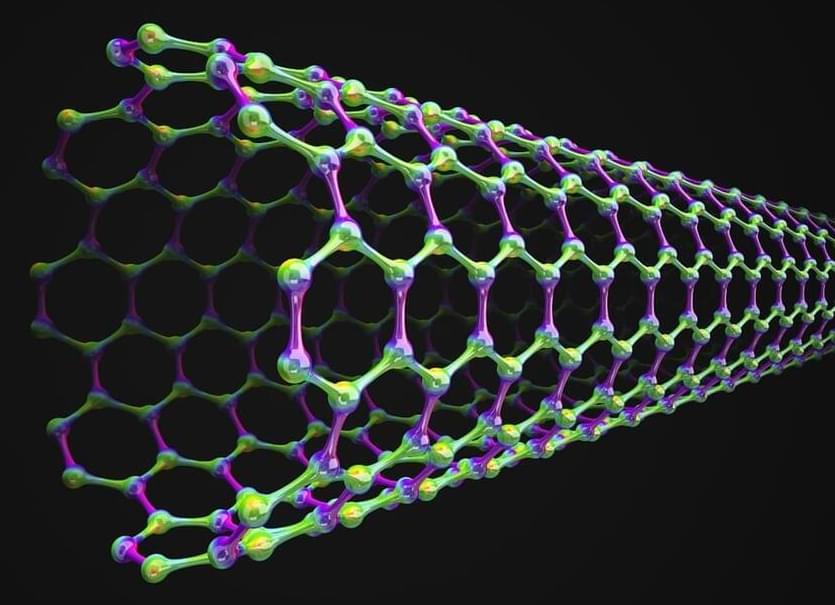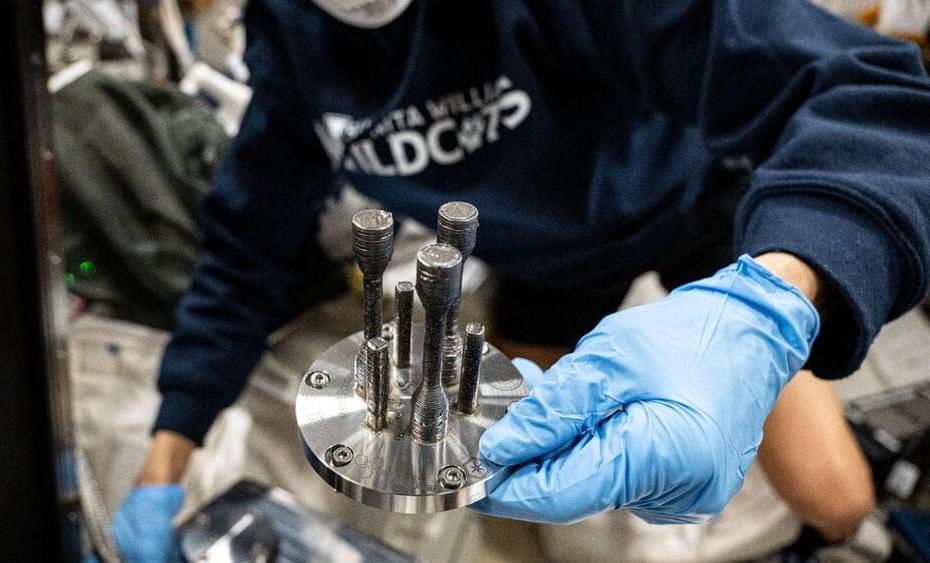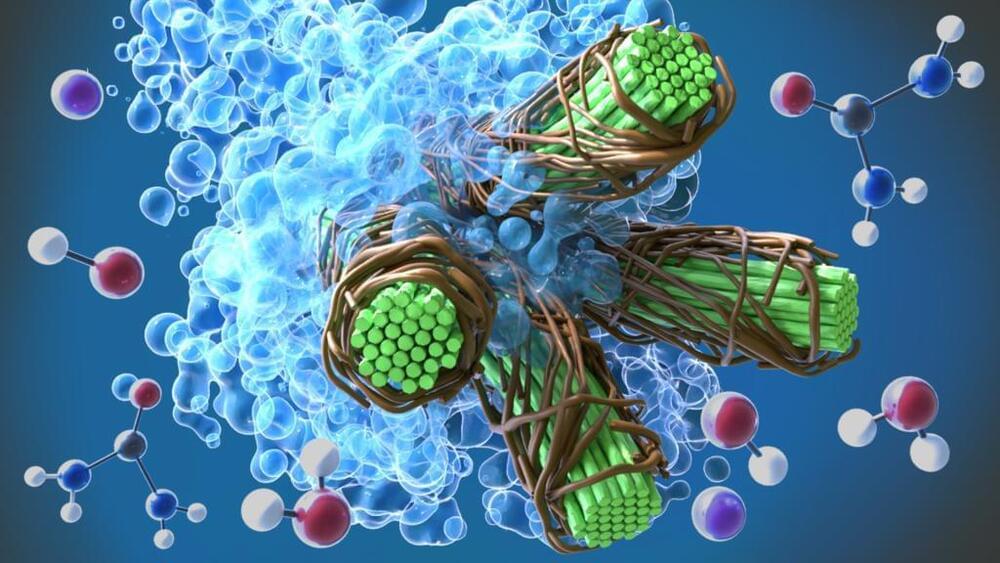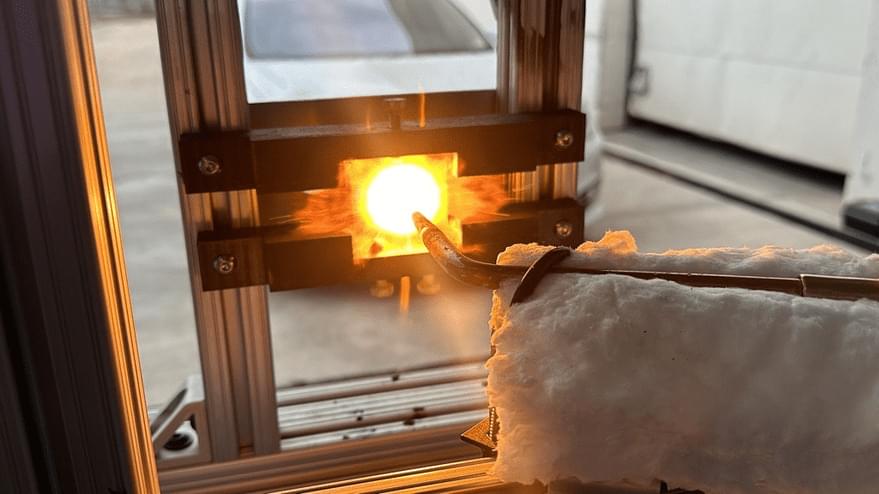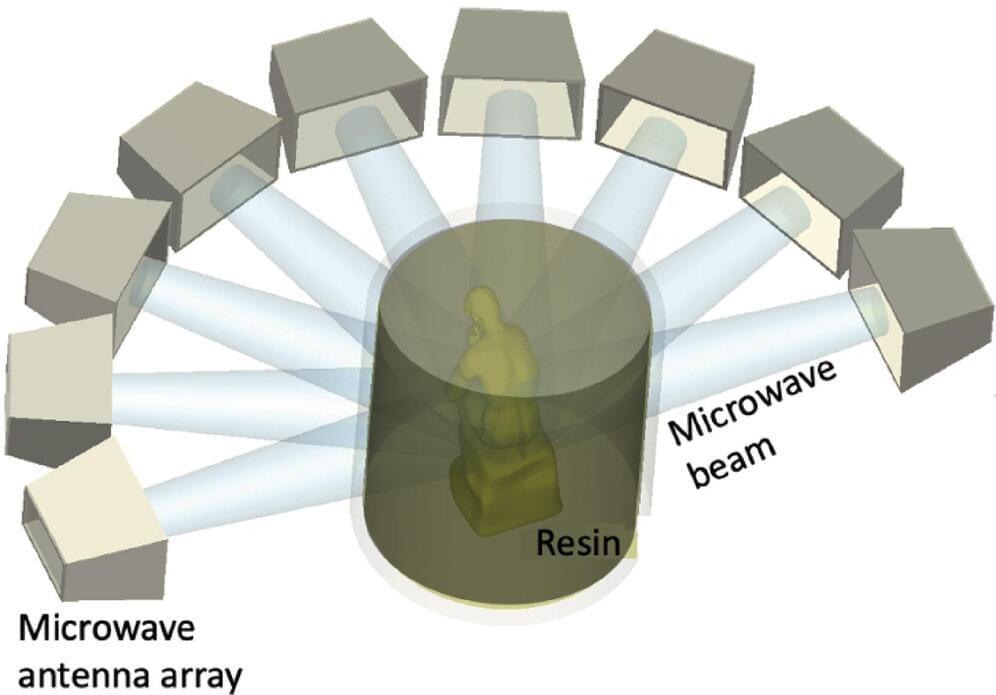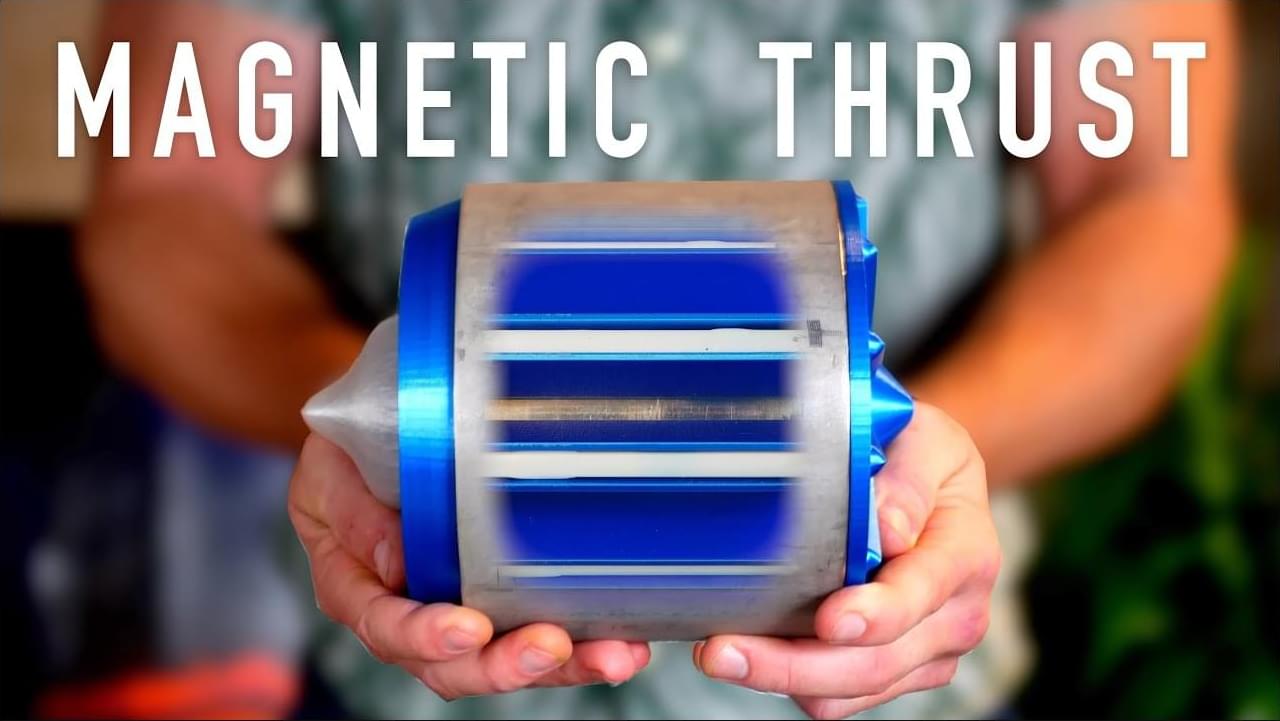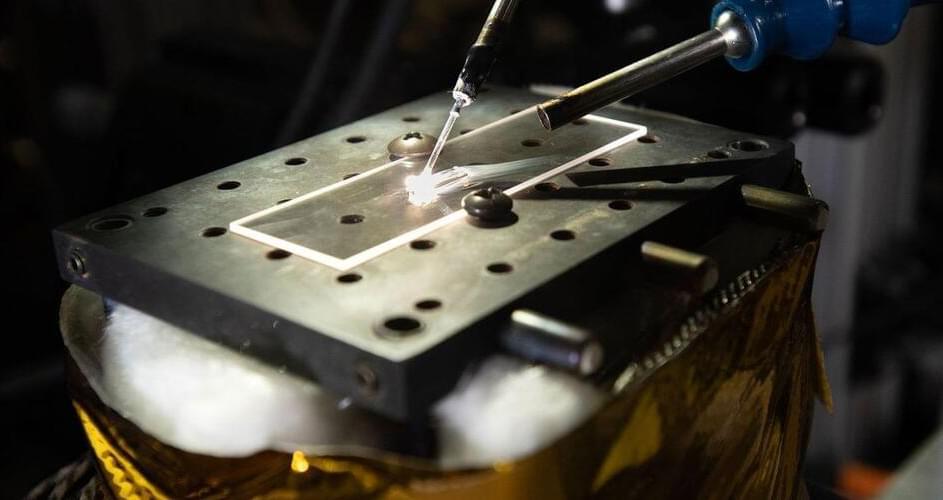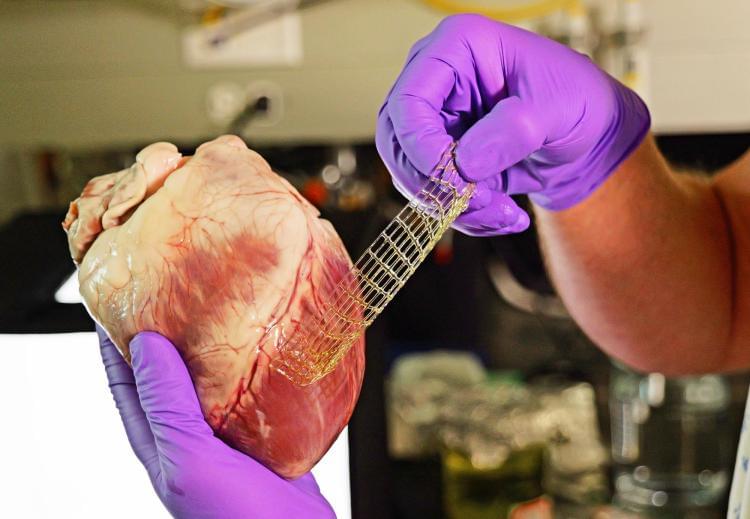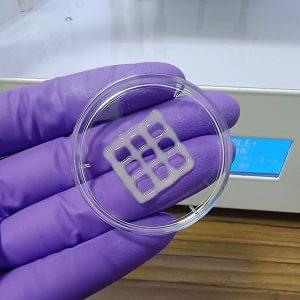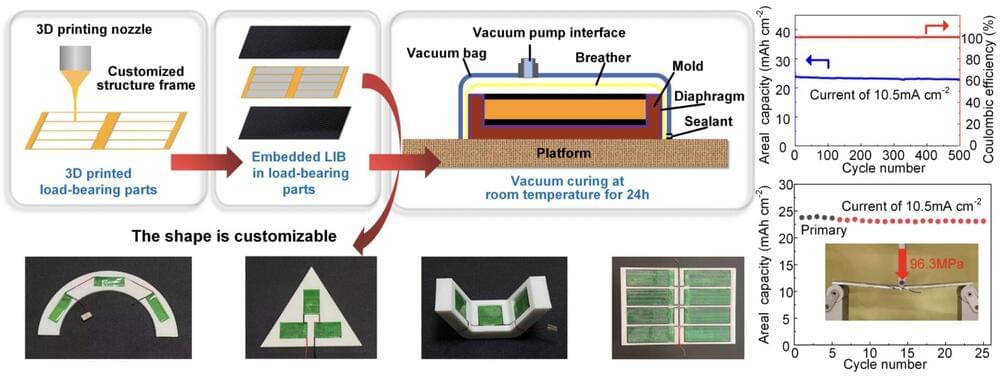Sep 26, 2024
Mechnano exits stealth mode R&D for carbon nanotube 3D printing breakthrough
Posted by Quinn Sena in categories: 3D printing, nanotechnology
Arizona-based startup Mechnano has exited “stealth mode” in the research and development of its carbon nanotube (CNT) technology for 3D printing materials.
The company has developed its first product, an electrostatic discharge (ESD) resin that delivers dissipative properties to 3D printed parts without compromising mechanical properties.
“These are extraordinary breakthroughs for additive manufacturing materials,” said Steven Lowder, Mechnano’s Founder and CEO. “By focusing on the nanoscale, or the molecular level, we are able to make exponential improvements in AM materials at the macro-level.
